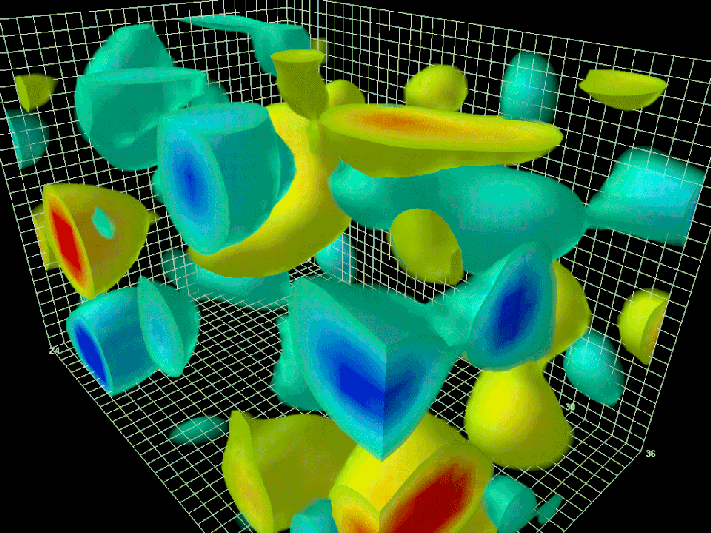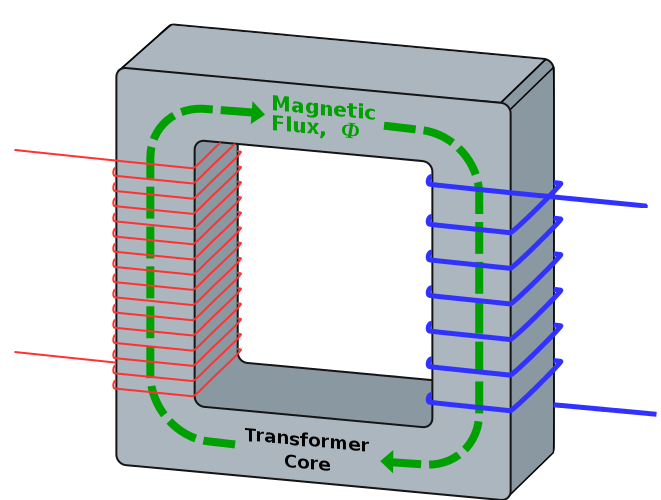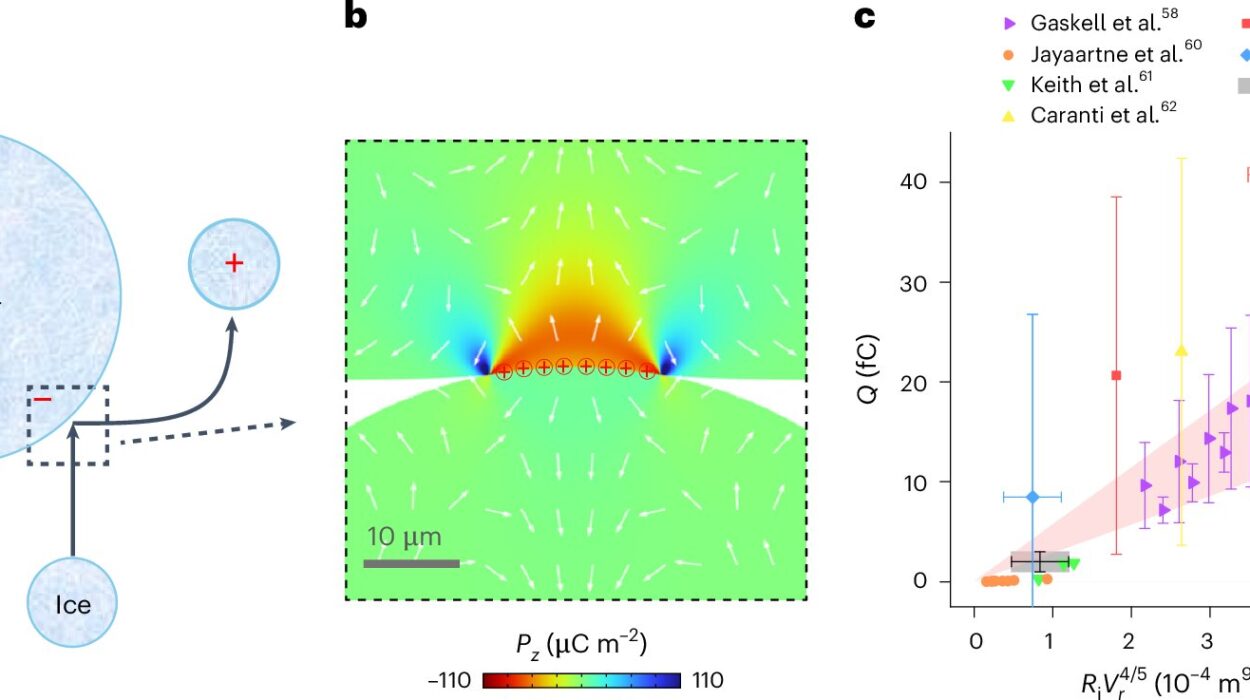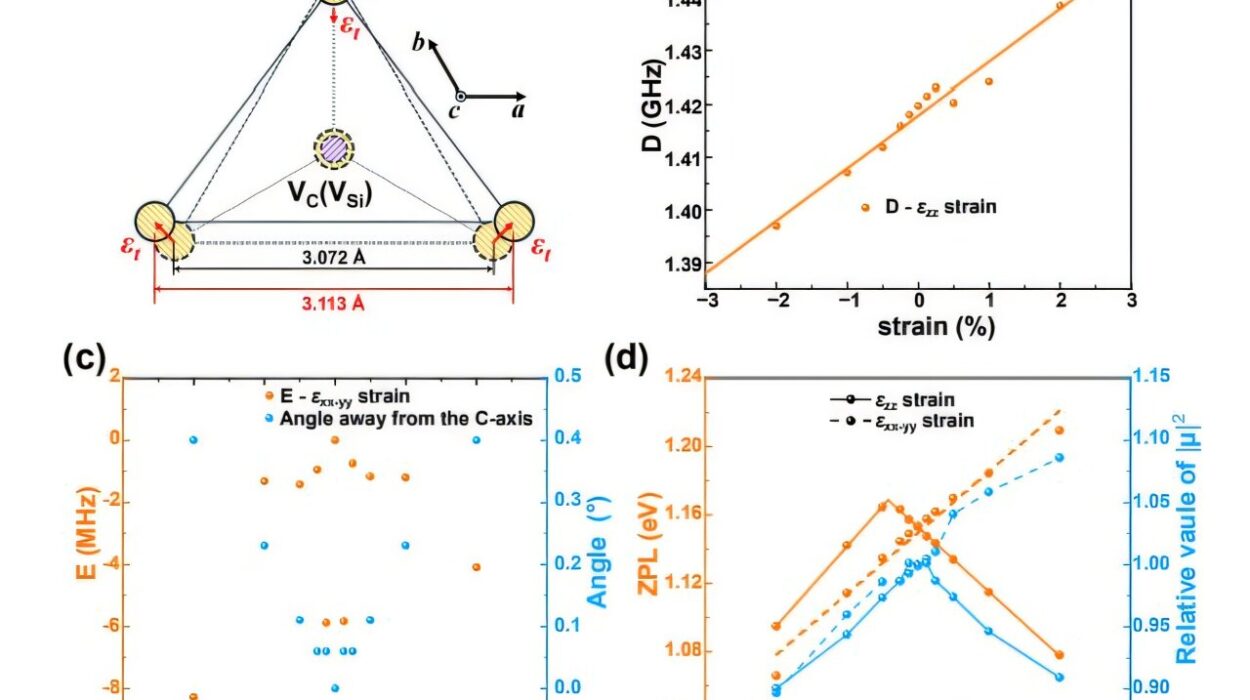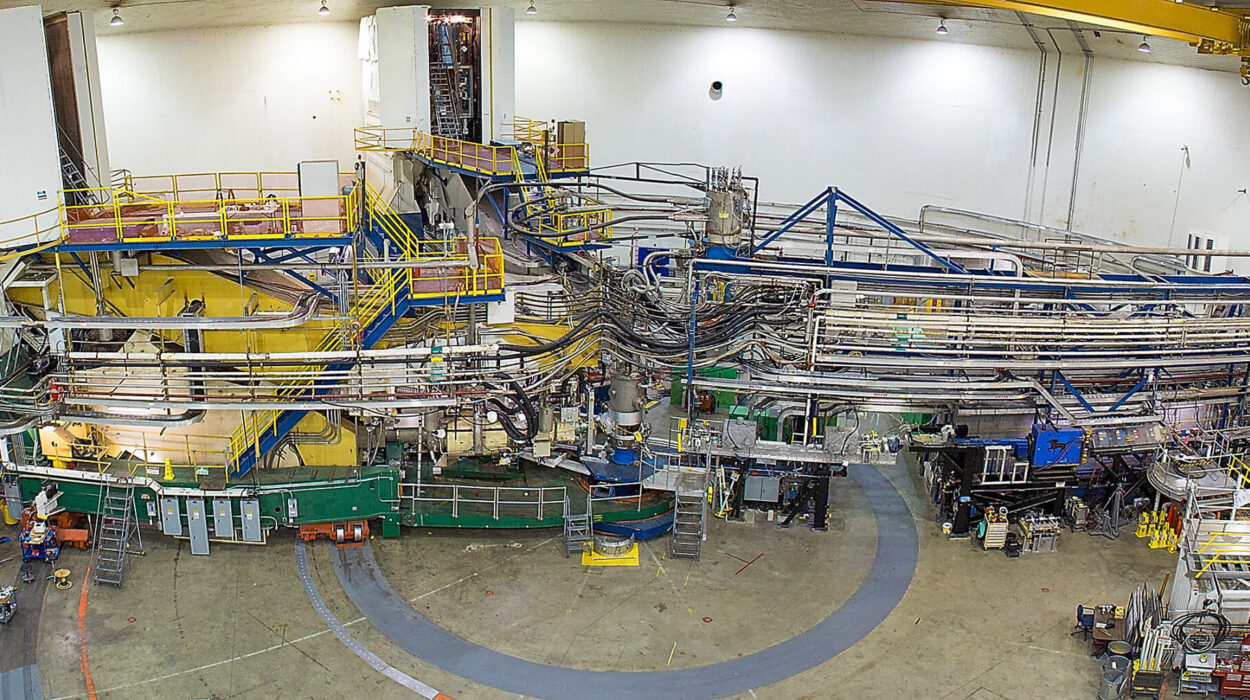The modern world is built on the fruits of quantum mechanics. Every smartphone, laser, MRI machine, and computer chip owes its existence to the breakthroughs of quantum theory. Yet, when we dig deeper—beneath the familiar math of wavefunctions and probabilities—we uncover something even stranger, more elegant, and profoundly more fundamental: the quantum field.
A quantum field is not merely an abstraction or mathematical trick. It is, in the eyes of today’s physicists, the bedrock of reality. Every particle, every force, every interaction that constructs our universe stems from these invisible, ever-present fields stretching across space and time. They ripple, vibrate, and interfere like waves in a cosmic ocean, and from these vibrations emerge all the matter and energy we observe.
But what exactly is a quantum field? How can something so abstract underpin everything from the light in your room to the structure of stars? And why did physicists come to embrace such an esoteric idea as the ultimate scaffold of nature?
To answer these questions, we must journey through the evolution of physics—from classical mechanics and electromagnetism to the quantum revolution and the rise of field theory. Along the way, we’ll encounter strange entities that can be in multiple states at once, particles that are ripples in invisible landscapes, and the mind-bending truth that empty space is anything but empty.
The Classical Worldview: Matter, Particles, and Fields
Before the dawn of quantum mechanics, physics seemed poised to explain everything in terms of solid, localized particles and smooth, continuous fields. Isaac Newton envisioned particles of matter obeying deterministic laws, their motion dictated by forces such as gravity. Later, James Clerk Maxwell revolutionized our understanding of light and electricity by showing that electric and magnetic fields could undulate through space as electromagnetic waves.
In this classical worldview, fields and particles coexisted. Particles—like electrons—were treated as tiny balls with definite positions and velocities. Fields—like electric and magnetic fields—were seen as smooth, continuous quantities defined throughout space, capable of influencing the motion of particles.
This picture worked beautifully, up to a point. But cracks began to appear in the late 19th and early 20th centuries. Blackbody radiation, the photoelectric effect, and the structure of atoms resisted explanation within classical physics. Something deeper was needed.
The Quantum Revolution: Enter the Wavefunction
With the emergence of quantum mechanics, the universe underwent a profound reinterpretation. No longer could particles be thought of as solid, well-defined entities with exact positions and momenta. Instead, they were described by wavefunctions—mathematical objects that encode the probabilities of finding a particle in a given state.
Erwin Schrödinger’s wave equation offered a way to predict how these wavefunctions evolved. But even as quantum mechanics proved spectacularly successful, it introduced a deeply unsettling vision of reality. Particles could exist in superpositions—being in multiple places or states simultaneously. Measurement became a mysterious act, collapsing a multitude of possibilities into a single outcome. The deterministic precision of classical physics gave way to probabilistic fuzziness.
Despite its counterintuitive nature, quantum mechanics worked. It explained atomic spectra, chemical bonding, and the behavior of electrons in solids. But a major question remained: What exactly are these wavefunctions? And if particles are described by waves, what kind of medium are they waves in?
The Rise of Field Theory: Beyond Particle-Centric Thinking
The key breakthrough came when physicists began to think not in terms of particles with wave-like properties, but rather as waves—or more accurately, field excitations—from the beginning. The idea was to take the notion of a field, already familiar from electromagnetism, and make it quantum.
In classical field theory, an electromagnetic field fills space. When you accelerate a charge, it creates ripples in the field—electromagnetic waves, which we perceive as light. In quantum field theory (QFT), those ripples become quantized. Light is not a continuous wave but comes in discrete packets—photons. The field itself is still continuous, but its excitations occur in quantized chunks.
This insight changed everything. Physicists realized that particles are not fundamental at all. Instead, they are emergent phenomena—localized vibrations in underlying quantum fields. The electron is not a tiny ball; it is a ripple in the electron field. A photon is a ripple in the electromagnetic field. The field is primary; the particle is a secondary effect.
In this view, space is not empty but filled with a variety of quantum fields, each capable of vibrating in specific ways. When a field vibrates in just the right pattern, we observe a particle. This is the essence of quantum field theory: particles are excitations of fields.
The Quantum Field: A New Ontology of Reality
At its core, a quantum field is a mathematical object that assigns a quantum state to every point in space and time. But more than just a set of equations, it represents the raw fabric of the universe. Think of it as an invisible, ever-present medium stretching throughout the cosmos. Each type of particle has its own field: there is an electron field, a photon field, a quark field, and so on.
These fields are not static. They fluctuate constantly, even in the vacuum. In fact, what we call a “vacuum” in quantum field theory is not truly empty. It is a seething ocean of virtual particles and energy, a roiling quantum foam. The uncertainty principle ensures that these fluctuations are unavoidable. Even when a field is in its lowest possible energy state, it is never truly still.
This means that the universe is not built out of particles sitting in empty space. Instead, it is a vast web of interacting fields, each capable of giving rise to the particles we observe. The fields are the entities that exist, and their excitations are what we call matter and energy.
How Fields Interact: Forces as Exchange Particles
If particles are field excitations, how do they interact? The answer lies in the concept of force-carrying fields, or gauge fields.
In quantum field theory, forces arise when one field interacts with another. For example, the electromagnetic field interacts with the electron field. This interaction is mediated by photons—quantized excitations of the electromagnetic field. These photons are exchanged between electrons, producing the electromagnetic force.
Other forces work similarly. The strong nuclear force is mediated by gluons, which are excitations of the gluon field. The weak force, responsible for radioactive decay, is mediated by W and Z bosons. Even gravity, in some speculative extensions of quantum field theory, is thought to be mediated by a hypothetical particle called the graviton.
Thus, interactions are not mysterious action-at-a-distance. They are the result of fields talking to each other, exchanging quanta, influencing each other’s vibrations. The universe, in this picture, is an intricate symphony of fields in conversation.
The Standard Model: A Quantum Field Framework
All of modern particle physics is built upon the framework of quantum field theory. The Standard Model of particle physics, which describes all known fundamental particles and forces (except gravity), is a quantum field theory. It includes fields for electrons, neutrinos, quarks, and all the force carriers. It also includes the Higgs field, whose nonzero background value gives mass to certain particles.
The Standard Model has passed every experimental test thrown at it. Its predictions have been verified to astonishing precision, from the magnetic moment of the electron to the discovery of the Higgs boson at the Large Hadron Collider. And yet, it is almost certainly incomplete.
It does not include gravity. It does not explain dark matter or dark energy. It contains many arbitrary parameters. But its structure—the use of quantum fields to describe all known phenomena—remains a triumph of human understanding.
The Higgs Field: Giving Mass to the Massless
Among all the fields in the Standard Model, the Higgs field holds a special place. Most fields can be zero in the vacuum, but the Higgs field is different—it maintains a nonzero value even in empty space. This background value interacts with certain particles, slowing their motion and endowing them with mass.
Before the Higgs field “turned on” in the early universe, all particles were massless. As the universe cooled and the Higgs field took on its vacuum value, particles like the W and Z bosons, electrons, and quarks acquired mass through their interaction with the field. The stronger the interaction, the heavier the particle.
In 2012, physicists at CERN confirmed the existence of the Higgs boson, the quantum excitation of the Higgs field. This discovery was the final missing piece of the Standard Model and a spectacular confirmation of quantum field theory.
Virtual Particles and the Vacuum: Rethinking Emptiness
One of the most counterintuitive predictions of quantum field theory is that the vacuum is not empty. It is filled with fleeting excitations—virtual particles—that pop in and out of existence due to the uncertainty principle. These virtual particles are not directly observable, but their effects can be measured.
For example, virtual particles contribute to the Casimir effect, in which two metal plates placed very close together experience an attractive force due to the altered quantum vacuum between them. They also influence the energy levels of electrons in atoms, as seen in the Lamb shift.
Even more astonishingly, virtual particles may be responsible for the very structure of space and time. Some cosmological models propose that vacuum energy—the zero-point energy of quantum fields—drives the expansion of the universe and underlies the phenomenon of dark energy.
Quantum Field Theory Meets General Relativity
Quantum field theory is astonishingly successful, but it does not yet incorporate gravity, the force that governs the large-scale structure of the universe. General relativity, Einstein’s theory of gravity, describes gravity as the curvature of spacetime itself. Quantum field theory, on the other hand, assumes a fixed background spacetime.
Combining these two frameworks is the holy grail of theoretical physics. Attempts to unify them have led to ambitious theories like string theory and loop quantum gravity. These frameworks aim to quantize spacetime itself, suggesting that even gravity could emerge from more fundamental quantum fields or strings.
Though these theories remain unconfirmed, the pursuit continues. Physicists believe that a deeper understanding of quantum fields will ultimately reveal the quantum nature of gravity and the true structure of reality.
Philosophical Implications: What Is Reality?
Quantum field theory does more than describe particles and forces. It reshapes our very notion of existence. If particles are not basic constituents but ripples in invisible fields, what does it mean for something to be “real”? If the vacuum teems with activity, can we ever speak of true nothingness?
These questions blur the boundaries between physics and philosophy. They force us to rethink materialism, objecthood, and causality. Reality, it seems, is not built from things but from processes. Not from matter, but from fields.
Some interpretations of quantum field theory even suggest that reality is inherently relational. A particle’s identity may depend not on its intrinsic nature but on its interactions with other fields. The universe, in this view, is a web of relationships, not a collection of isolated entities.
Conclusion: Fields Are the Fabric of the Cosmos
What is a quantum field? It is the unseen stage upon which the drama of the universe unfolds. It is the vibrating fabric that gives rise to all matter, energy, and interaction. In every corner of space, quantum fields fluctuate, interact, and shape the destiny of galaxies and atoms alike.
This vision of the universe as a dynamic tapestry of quantum fields is one of the greatest intellectual achievements in human history. It unites the very large and the very small, the ephemeral and the eternal. And it reminds us that beneath the visible world lies a reality far more intricate, mysterious, and beautiful than we ever imagined.
The next time you look at a photon streaming through space or ponder the weight of your own body, remember: you are witnessing the dance of fields, the whisper of quantum vibrations across the infinite void.
